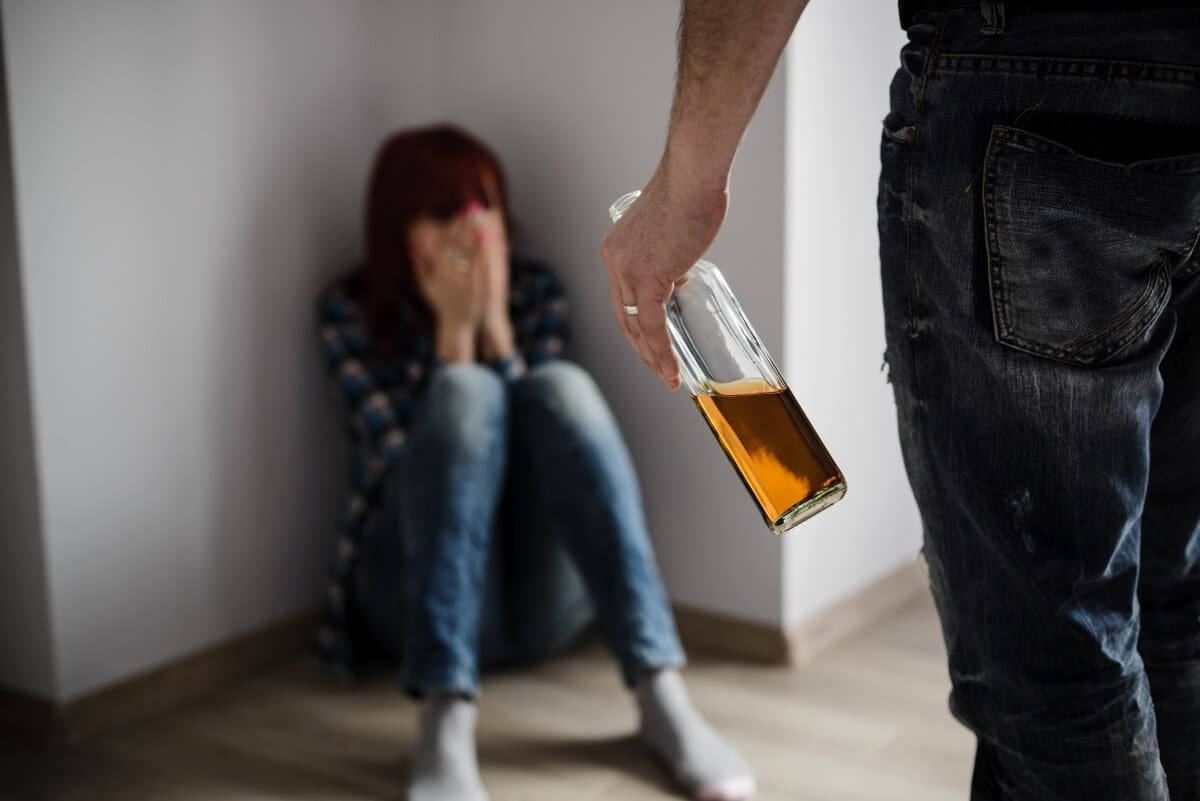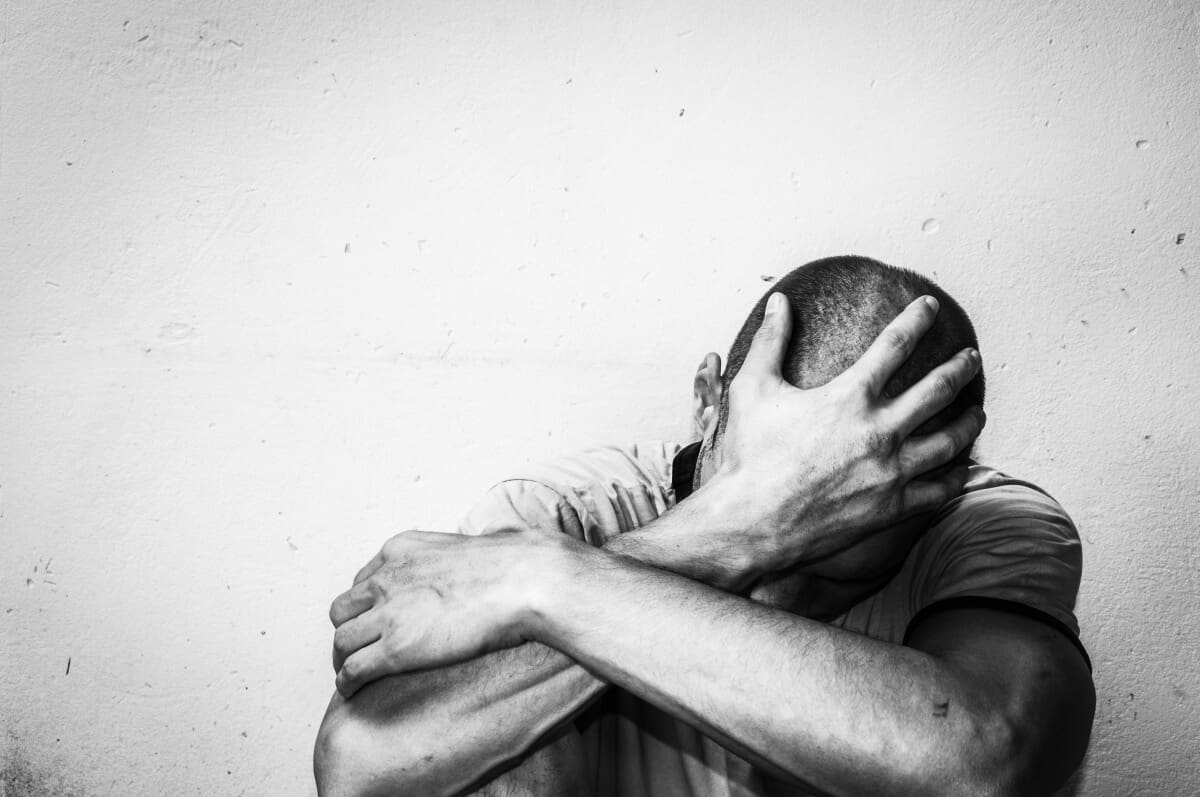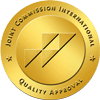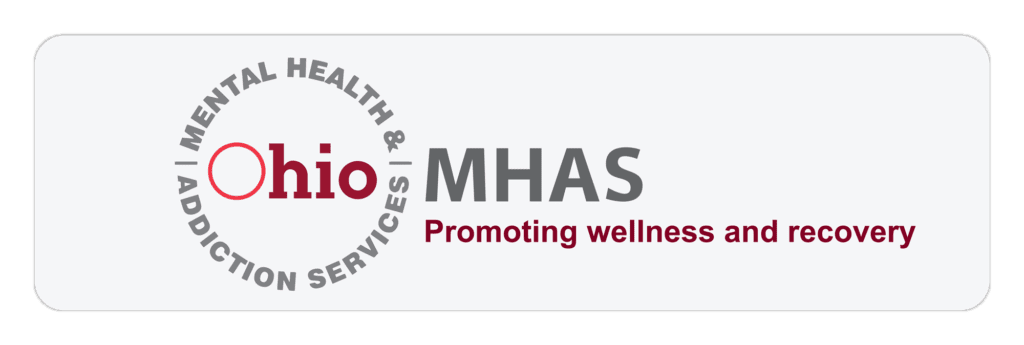Prosperity Haven’s Ohio Recovery Center: Fulfilling a Vital Need in Ohio
Ohio is one of the largest states in the Midwestern United States, with a population exceeding 11.78 million. Ohio has plenty to offer and makes for a great place to work and raise a family. However, the state has struggled to overcome issues facing the region and the rest of the country. In addition to various economic downturns and the recent COVID-19 pandemic, Ohio has been hard hit by the opioid epidemic. The Centers for Disease Control (CDC) ranked Ohio among the top three states hardest hit by drug overdoses, with approximately 5,204 overdose deaths in 2020 alone.
The situation is equally grim for people in Ohio struggling with alcohol addiction. The statistics indicate that Ohio and many other states throughout the Midwest struggle the most with alcoholism and binge drinking. These conclusions have been calculated using the prevalence, intensity, and frequency of binge drinking in the region. In Ohio, approximately 18.5% of adults partake in binge drinking, with an unusually high 7.9 drinks per binge. Among Ohio residents who binge drink, the average number of binges per month is 1.9 — higher than at least 40 other states throughout the country.


How Prosperity Haven’s Addiction Recovery Center Can Help
If you or a loved one are suffering from addiction in Ohio, there is a path forward. Prosperity Haven is a comprehensive addiction treatment center and drug rehab that can help you at virtually every stage of the recovery process, from detoxification to aftercare planning and long-term sobriety. Even if you’re unsure if an alcohol and drugs rehab is the right choice for you, please reach out to us and learn more about what we offer. One simple phone call could make a world of difference.
While Prosperity Haven’s Ohio treatment center stands as a beacon of hope in the region, we understand if you’re apprehensive about pursuing drug rehab in Ohio. When it comes to addiction, information is power. The more you learn about your affliction, the better prepared you are to fight temptation and achieve sobriety. So, continue reading to learn more about how substance abuse affects states like Ohio and discover some of the vital resources at your disposal.
The State of Substance Abuse in the Midwest
The abuse of alcohol, illicit drugs, and prescription drugs continues to be one of the most troubling public health issues facing the United States. Addiction and substance abuse are particularly common in Midwestern states like Michigan, Wisconsin, and Ohio. Naturally, there are differences in how each state approaches addiction as a public health crisis. Additionally, the quality and availability of drug rehab facilities vary by location.
But even when accounting for the variables between different states, the Midwest is a region that has been hit harder by drug and alcohol addiction than any other part of the country. Here are just a few relevant trends and factors to consider:

Opioids have become the top killers for people suffering from addiction in the Midwest. These include drugs ranging from prescription pain relievers to black-tar heroin. However, one of the most dangerous trends is the proliferation of synthetic opioids like fentanyl. In Ohio alone, at least 4,000 people died from fentanyl overdoses in 2020.

Historically, alcohol consumption has been high throughout the Midwest for decades. By some estimates, Ohio and other states in the region see as many as 5,700 deaths per year (per state) as a result of excessive alcohol consumption. The accessibility of alcohol also makes it a widespread problem among virtually every age group.

Though opioids have become more common in recent years, methamphetamine continues to be one of the most dangerous and addictive drugs in the Midwest. In states like Iowa, Indiana, and Ohio, roughly 1 in every 100 people reported using crystal meth at least once in the last year.

Not every problem exacerbating addiction in the Midwest is linked to a specific substance. The COVID-19 pandemic led to widespread fear and economic uncertainty. The result was a sharp increase in substance abuse across the nation, with Midwestern states seeing particularly high rates of abuse.

While providers like Prosperity Haven make it easy to access quality addiction treatment in Ohio, the rest of the Midwestern United States is not as lucky. Many residents in states like Illinois and Iowa, as well as those in rural areas throughout the Midwest, lack adequate access to addiction treatment. This makes it even more difficult to overcome substance abuse.
The Process of Addiction Treatment at an Ohio Recovery Center
There is a lot of crossover in how different states manage addiction. Quality drug and alcohol treatment centers in Ohio typically follow a standardized process involving several important stages. This process always involves some or all of the following steps:

Assessment
It’s important to get properly assessed by a trusted healthcare professional to understand the extent of your addiction. The results of the assessment could impact the kind of treatment recommended by your physician.
Detox

If you’re currently abusing drugs or alcohol and struggling to quit, detoxification is almost always the first major step in the recovery process. Due to the dangers of drug or alcohol withdrawal, detox is something that should only be done under the care of trained professionals in a rehab facility.
Inpatient or Outpatient Treatment

Depending on the severity of your addiction, you may proceed from detox to an inpatient or outpatient treatment facility. The former is reserved for people with more severe addictions, while the latter is best for people who need help to stay sober, but can still continue to live their lives outside of a facility. In many cases, a person will need to go through both inpatient treatment and outpatient treatment to achieve the best results.
Aftercare Planning
Aftercare planning is often a part of outpatient treatment. It is generally a plan to continue therapy, medication, or any other services required to ensure long-term recovery.
Now that you understand a bit more about the process of rehabs in Ohio, let’s take a closer look at some of the most important treatment steps and facilities along the way:

Detox
Detoxification is the process of allowing toxic substances (like drugs and alcohol) to be naturally removed from the body. During the detox process, your body must metabolize and eliminate addictive substances, eventually expelling them (often through the liver). It is extremely important that detoxing takes place at a rehab facility, as withdrawal symptoms can be unpredictable, severe, and dangerous. Without the help of professionals and a controlled yet comfortable environment, you may find it difficult to get through the withdrawal period without relapsing.

Residential Inpatient Treatment
Residential inpatient treatment is a structured and intensive form of treatment for substance use disorders. You will live in a treatment facility, often for a period of several weeks or even months. Not only can you continue the process of overcoming withdrawal symptoms in a residential inpatient treatment facility, but you can also take part in a blend of therapy sessions to address the underlying causes of your addiction. Depending on the nature of your addiction, you may also join medication-assisted treatment. Either way, inpatient drug rehabs can help you develop the skills you need to understand your addiction and resist potential triggers in the future.


Partial Hospitalization Program (PHP)
Residential inpatient treatment is often seen as the “biggest step” you can take in your journey toward sobriety, but it’s certainly not the final step. Moreover, it can be challenging for many individuals to adjust from the highly controlled environment of a residential drug rehab to a more informal and less controlled outpatient treatment program. For this reason, a partial hospitalization program (PHP) is a necessary intermediate step between inpatient and outpatient care. With PHP, you may participate in various therapy sessions for several hours each day before returning home each evening. Essentially, PHP combines the intensive treatment style and schedule of a residential inpatient facility with the freedom of an outpatient addiction program.
Outpatient Addiction Treatment
Outpatient treatment programs allow you to continue working, going to school, and living your life as you normally would while also participating in therapy sessions and educational courses on a regular basis. With outpatient treatment programs, you have more flexibility to attend sessions on your schedule, which gives you more responsibility for your recovery. You may only have a few hours per week during which you get actively involved in recovery-based activities. For this reason, it is vital that most people go through a drug rehab center and inpatient treatment prior to outpatient treatment. That said, if your addiction is less severe, you may be able to depend on outpatient treatment alone.

Addiction Programs & Resources in Ohio
Ohio has various state-sponsored programs to help fight addiction and educate residents on the dangers of substance abuse. Some of the most effective resources in Ohio include:
This agency manages a network of addiction treatment services in Ohio. It also provides funding to communities so that they can operate different addiction programs at the local level.
As the name implies, Start Talking! is all about encouraging parents and educators to talk to kids and teenagers about the dangers of drugs. This program works on the belief that, by starting substance abuse education early, many addiction issues can be avoided later in life.
Ohio’s Opioid Education Alliance
The Opioid Education Alliance of Ohio draws in the knowledge and resources from more than a hundred public and private institutions to help raise awareness of addiction, particularly among younger Ohio residents.
Project DAWN is a program managed by the Ohio Department of Health that provides a network of naloxone distribution programs throughout the state. Naloxone is used to treat opioid overdoses and prevents thousands of deaths in Ohio every year.
Though many drop box programs are managed at the local level, there are various resources in Ohio to provide a safe, environmentally responsible way to dispose of prescription medications. This helps reduce the risk of abuse and accidental overdoses.
Prosperity Haven – Drug & Alcohol Rehab in Ohio
While the resources outlined above help educate Ohio residents on the dangers of drug and alcohol abuse, there is no replacement for a comprehensive drug rehab program. Fortunately, Prosperity Haven is one of the leading drug rehab centers in the region. Located in Chardon, Ohio, Prosperity Haven’s rehab for men can help Ohio males at every step of their recovery.
At Prosperity Haven’s Ohio drug rehab, we offer a comprehensive suite of addiction treatment services. This includes medically supervised detox, residential inpatient treatment, partial hospitalization programs, and outpatient services — just to name a few. Throughout your recovery, we integrate individualized care, counseling, group therapy, as well as more holistic approaches to address every facet of your addiction and make the process as comfortable as possible.
We believe that everyone deserves a chance to live a life free of addiction. Our team of trained professionals are committed to helping you achieve sobriety and enjoy a brighter, substance-free future. To learn more about accessing our Ohio treatment center, reach out to us today.


Who Does Prosperity Haven’s Rehab in Ohio Serve?
Our men’s drug and alcohol rehab serves the entire state of Ohio, Western Pennsylvania, including Akron, Ashtabula County, Austintown, Bay Village, Beachwood, Chagrin Falls, Chardon, Cincinnati, Cleveland, Columbus, Dayton, Eastlake, Euclid, Girard, Hudson, Hubbard, Madison, Mentor, Mentor-on-the-Lake, Niles, Ravenna, Toledo, Warren, Willoughby, Youngstown OH along with Erie, Hermitage, Monaca, Mount Lebanon New Castle, Oil City, Peters Township, Point Breeze, Squirrel Hill, Upper St. Clair PA. And our other location serving Wisconsin, including: Milwaukee WI.






